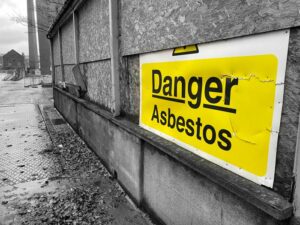Experts from the Penn State College of Health and Human Development found over 50 million people lived in counties with no air-quality monitoring last year.
The research, which was published this week in the Proceedings of the National Academy of Sciences, outlined that rural counties, especially ones based in the Midwest and South, were worse off than others.
To conduct the study, scientists analysed data from the Environmental Protection Agency (EPA) AirData active sites directory and their findings can be described as nothing short of surprising.
Experts highlighted that 1,848 counties in the US have no active air-quality monitoring sites, which equates to 58% of all counties.
‘Exposure to air pollution has been directly and indirectly to cancers, cardiovascular disease, respiratory disease, immune disorders and more,’ Alex Santos, associate professor of human development and family studies and co-author of the study said. ‘If we are not measuring air quality in large regions of the country, then we do not know how significant air pollution problems are. For example, if there is wildfire in a county with no air quality monitoring site, how will people know whether it is safe to sleep in their homes or work at their places of business?’
On the subject of concern, researchers compared their findings with data from the American Community Survey produced by the U.S. Census Bureau and identified which demographic and socioeconomic characteristics are more common in countries without air quality monitoring.
As well as discovering that monitoring sites are less popular in rural areas, the research displayed counties that lack air quality measuring devices experience higher levels of poverty and lower levels of school completion.
At the time of the study the nation had 4,821 air quality monitoring stations but experts noted that this figure is always changing. What’s more, some sites were found to be significantly older than others and prone to cutting out.
Alex added: ‘Generally speaking infrastructure for health care, transportation, education and other areas are underdeveloped in rural counties.
‘This study demonstrated the pattern holds true for air quality monitoring, as well. This leaves people in rural areas vulnerable to increased exposure to air pollution from wildfires, agriculture, industrial activities and other sources. As a society, we need to invest in air quality monitoring if we want to keep people safe and save on the long-term costs of pollution exposure.’
The research can be accessed in full here.
Image: Jakob Owens
















Leave a Reply